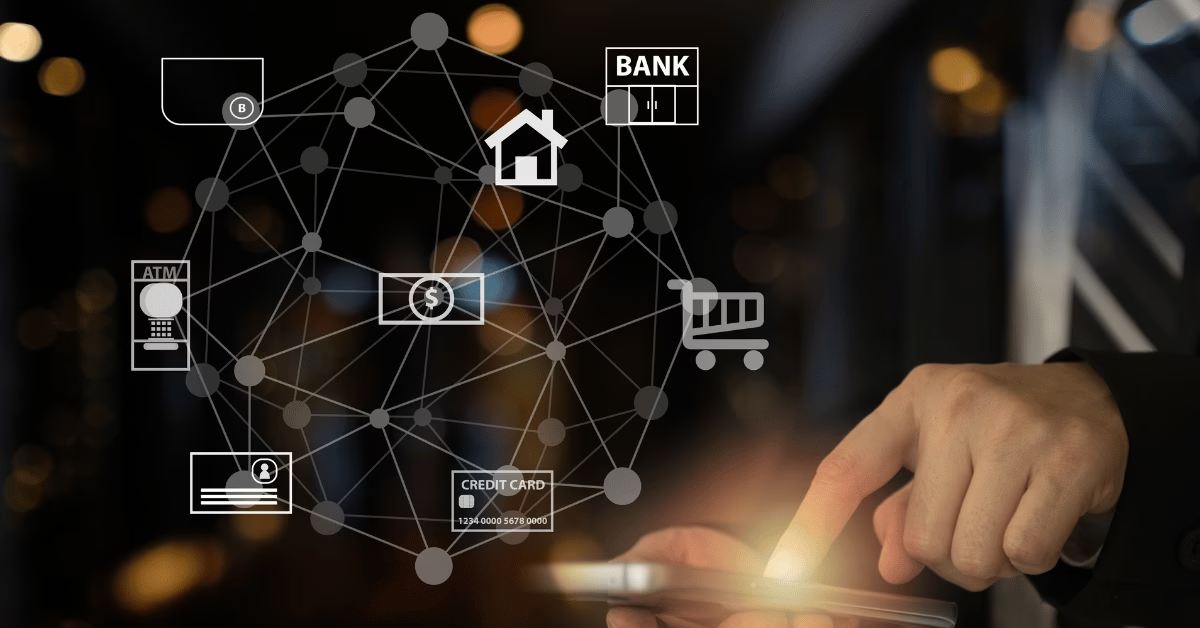In today’s world, there’s an app for everything—banking, shopping, chatting, or even controlling your home lights. But with that convenience comes a hidden danger: mobile app security. If apps aren’t secure, hackers can easily steal sensitive information.
Why Mobile App Security Matters
Your smartphone is like a digital treasure chest. It stores banking details, passwords, emails, photos, and even medical info. Losing control of that data is like giving a thief the keys to your house and car.
Growing Threats in the Digital World
Cybercriminals are more sophisticated than ever. They no longer target just big companies; even small apps and regular users are in their crosshairs. That’s why mobile app security isn’t optional—it’s essential.
Understanding the Basics of Mobile App Security
What is Mobile App Security?
Simply put, mobile app security ensures that apps protect data, prevent unauthorized access, and defend against cyberattacks. Think of it as locking every entry point to your digital life.
Common Security Risks for Mobile Applications
Risks include weak passwords, unsecured Wi-Fi use, outdated software, and apps storing unencrypted data. Each creates vulnerabilities hackers can exploit.
Types of Mobile App Security Threats
Malware and Spyware
Some apps hide malicious software that steals your data silently in the background.
Phishing Attacks
Hackers send fake emails or messages to trick you into sharing passwords or bank details.
Man-in-the-Middle Attacks
Imagine chatting privately but a stranger is secretly listening. That’s what happens when hackers intercept your data during transfer.
Data Breaches and Unauthorized Access
A single weak spot in an app can expose millions of users’ data, costing businesses millions in damage.
How Cybercriminals Exploit Weaknesses
Insecure Data Storage
When apps store data without encryption, hackers can grab it easily if they gain access.
Poor Authentication Practices
Weak or outdated login systems are easy prey for brute-force attacks.
Outdated Software and Vulnerabilities
Neglecting updates leaves apps exposed to known exploits hackers already know how to use.
Best Practices for Mobile App Security
Strong Authentication and Password Policies
Encouraging strong passwords and two-factor authentication makes it harder for attackers to break in.
Data Encryption and Secure Communication
Encryption ensures that even if hackers steal data, they can’t read it without the decryption key.
Regular Security Updates
Frequent updates patch vulnerabilities before hackers can exploit them.
Code Obfuscation and Secure Coding
This makes it harder for cybercriminals to reverse-engineer an app’s code.
Testing and Penetration Testing
Hiring ethical hackers to “attack” apps before launch uncovers vulnerabilities early.
The Role of Developers in Securing Apps
Security-First Mindset During Development
Security should be baked into the app from day one, not added later as an afterthought.
Using Trusted Libraries and Frameworks
Developers should only use reliable, verified third-party tools to avoid hidden security risks.
How Users Can Protect Their Data
Avoiding Public Wi-Fi for Sensitive Tasks
Public Wi-Fi is a hacker’s playground. Using it for online banking is like shouting your PIN in a crowd.
Installing Apps Only from Trusted Sources
Stick to Google Play or Apple’s App Store, not random websites offering “free versions.”
Keeping Devices and Apps Updated
Skipping updates is like ignoring a broken lock on your door—it only makes break-ins easier.
Using Two-Factor Authentication
Even if hackers get your password, 2FA adds a second wall of protection.
Regulations and Compliance in Mobile App Security
GDPR and User Privacy
For apps in Europe, GDPR ensures user data is collected responsibly and securely.
HIPAA for Healthcare Apps
Healthcare apps must follow HIPAA regulations to protect sensitive medical data.
Industry Standards and Certifications
Following global standards builds trust and shows users their data is handled safely.
Future of Mobile App Security
Artificial Intelligence in Cybersecurity
AI is increasingly used to predict and stop threats before they strike.
Biometric Authentication
Fingerprints, facial recognition, and even voice scans are making apps more secure.
Zero-Trust Security Models
This model assumes no one can be trusted by default, reducing insider threats.
Mobile app security isn’t just about protecting data; it’s about protecting people. From developers building stronger defenses to users being mindful of their digital habits, everyone has a role to play. Cyber threats will never fully disappear, but with the right practices, we can stay a step ahead.
FAQs
The biggest threat is data breaches caused by weak authentication and insecure storage.
Check reviews, permissions, and only download from trusted app stores.
Not always. Some free apps are secure, but many lack regular updates and may rely on risky ads.
Encryption scrambles data so even if hackers intercept it, they can’t read it.
No system is 100% foolproof, but strong measures drastically reduce risks.












